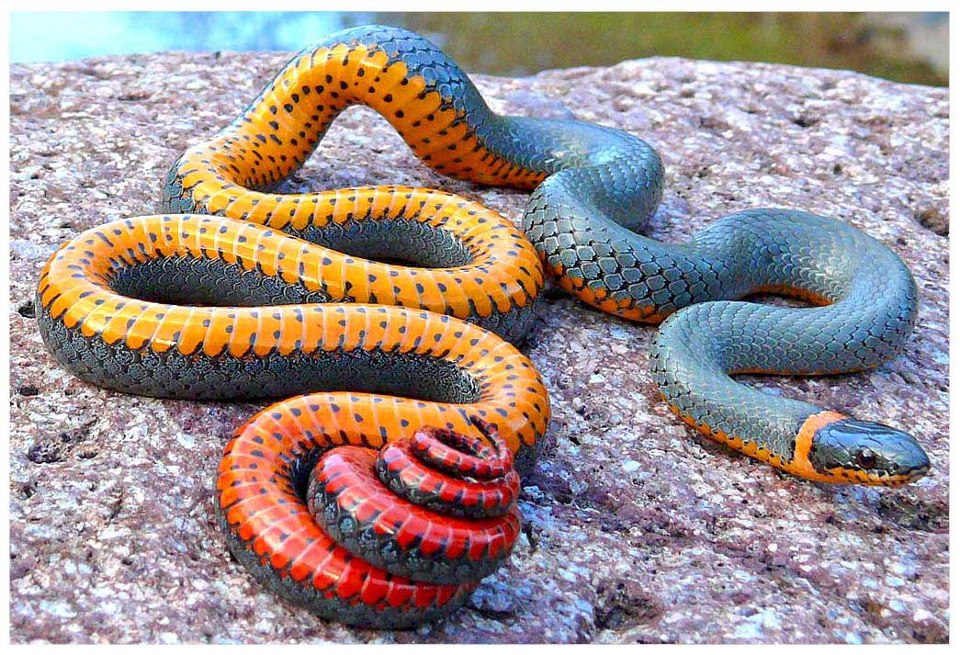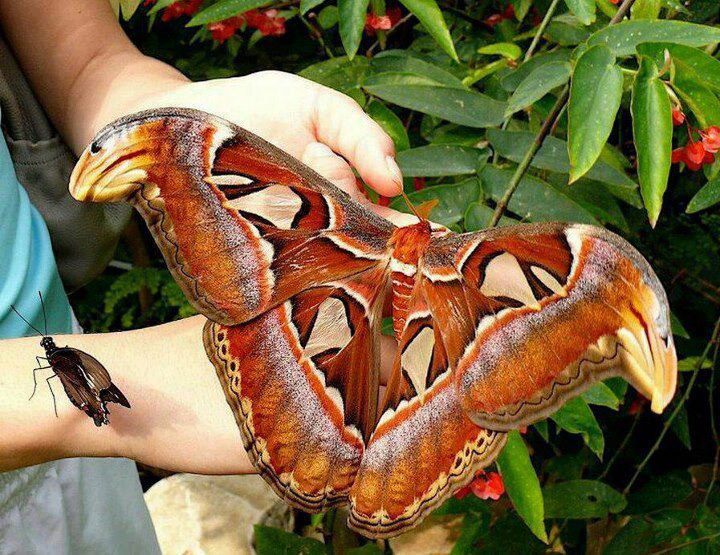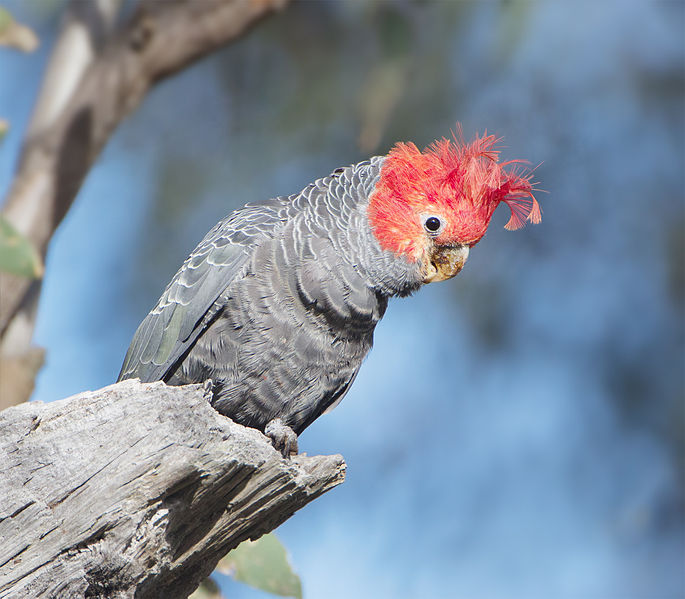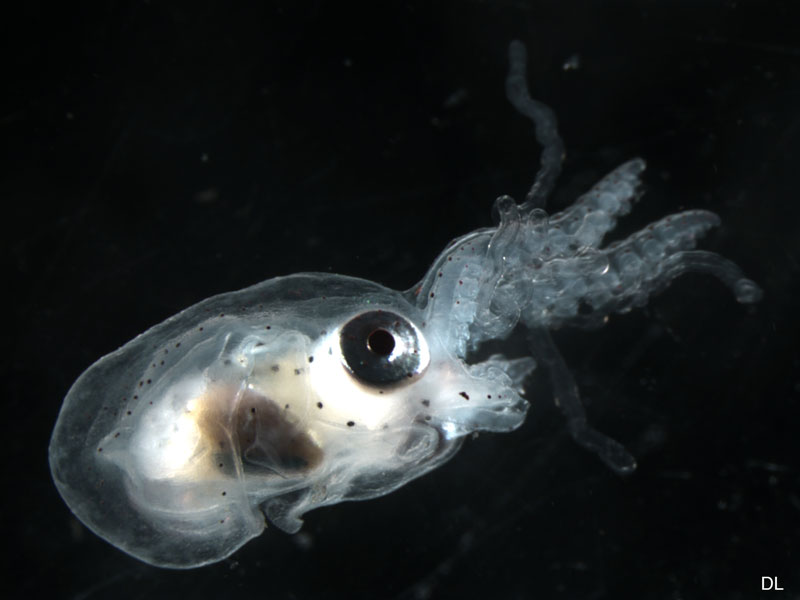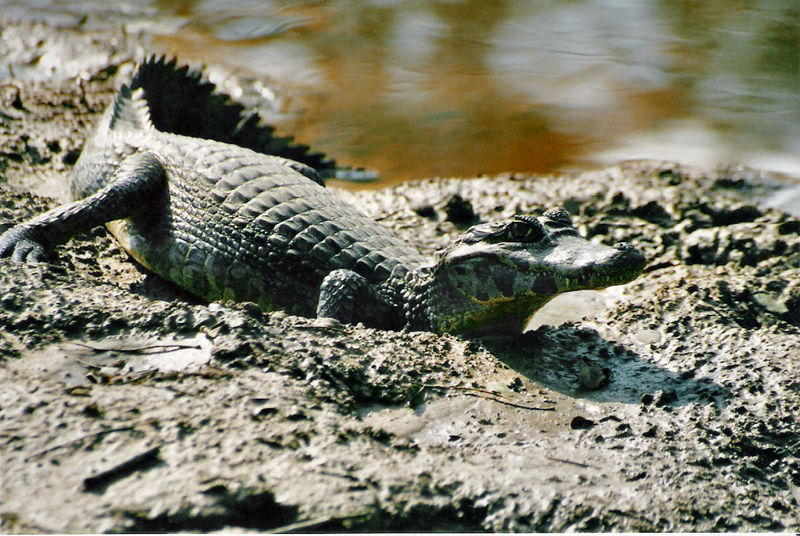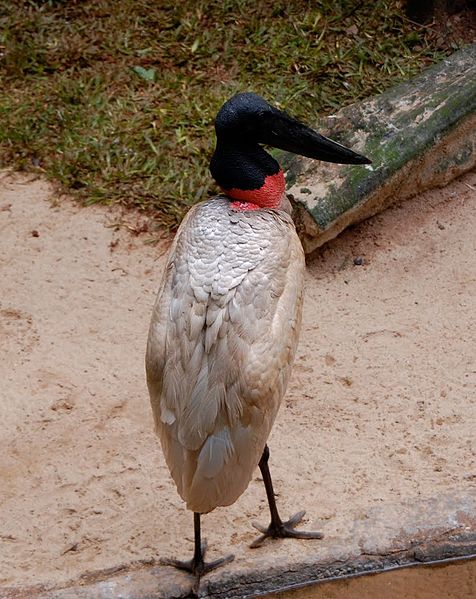
It has been a little while since we talked about an interesting bird, so I thought we could change that by studying the Jabiru, which is a member of the stork family that can typically be found in Central and South America. In fact, this particular bird is the tallest flying bird found within this distribution range…don’t worry, we will learn all about their height very soon. Although the word, “Jabiru” may seem odd to some folks, it has a very appropriate meaning in the Tupi-Guarani language – “Swollen Neck”. So, it is probably obvious why they received this common name, but does the Jabiru’s swollen neck serve a purpose?
Pouch Potato
Of course their swollen neck serves a purpose. Let’s face it, I probably wouldn’t have brought it up if it didn’t have some sort of function. Unfortunately, the purpose isn’t incredibly fascinating but don’t tell the Jabiru that. If you have seen other storks then you could probably have guessed that they have a swollen neck because their throat contains an inflatable pouch (the red base of their neck), which is used to help them with feeding. Like other storks, this particular species will feed on copious amounts of fish by taking a large mouthful of water, which hopefully will contain a few fish, and filtering out the water….leaving just the tasty snack. This pouch would definitely come in handy when you are trying to separate your dinner from your water-down drink.
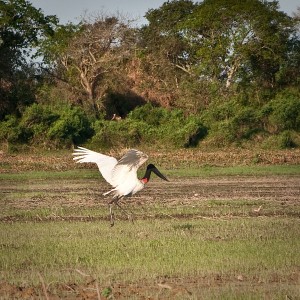
The Tallest Flying Bird in Central and South America
As I previously mentioned, the Jabiru is the tallest flying bird throughout its range. Just how tall are they? Well, the large males can easily reach a height of 1.53 metres (5 feet), so basically they are about the size of my father (sorry, dad… I couldn’t resist :)). As a result of this astonishing height (remember…they are a bird), a healthy adult Jabiru does not have any known natural predators. This is pretty impressive for an animal living in Central and South America as there are no shortage of predators in this area. It may be this lack of hungry predators that allows the Jabiru to have an average life-span of 36 years in the wild. Again, this is quite a feat for a bird living in a harsh environment….and they apparently didn’t even need modern medicine to help them live this long. Way to go Jabiru!!


